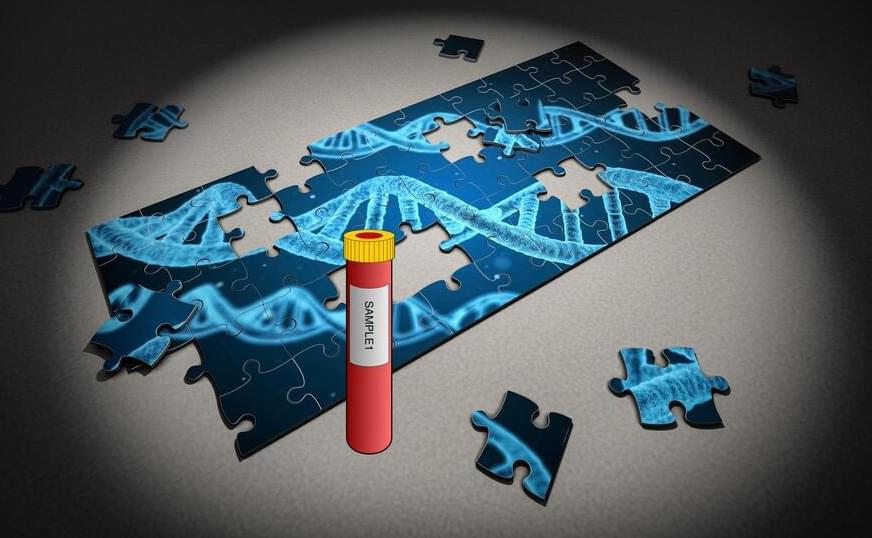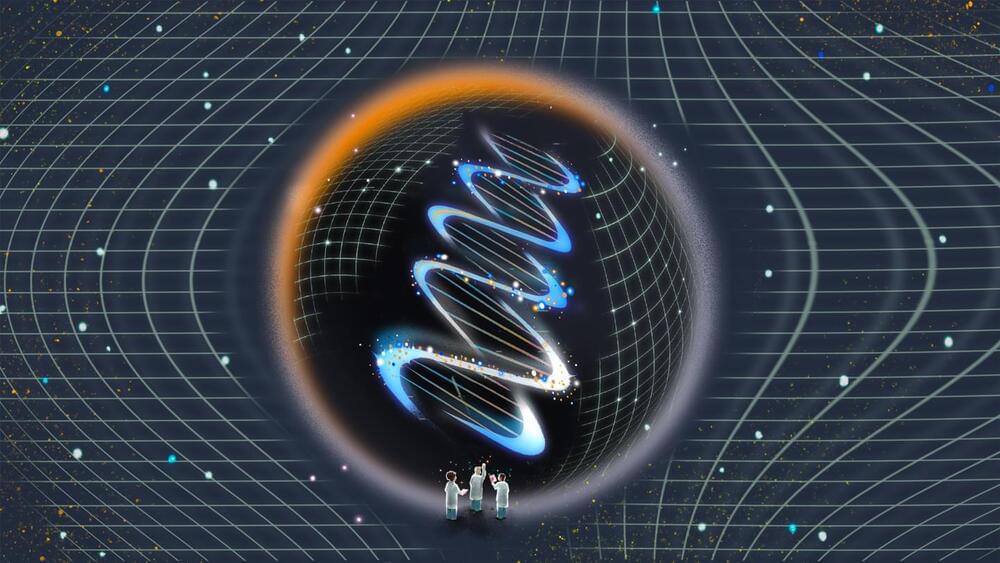Feb 10, 2022
The Science of Aliens, Part 10: Will an Alien Biosphere be Toxic?
Posted by Dirk Schulze-Makuch in categories: biological, science
An alien biosphere may be harmful to us in many ways, thus adequate planetary protections measures are essential.
Probably — that’s why planetary protection guidelines need to be enforced.
Continue reading “The Science of Aliens, Part 10: Will an Alien Biosphere be Toxic?” »

















